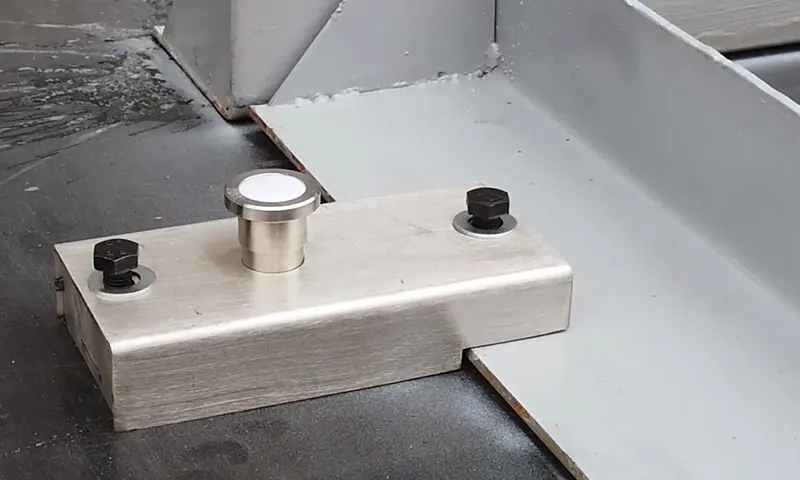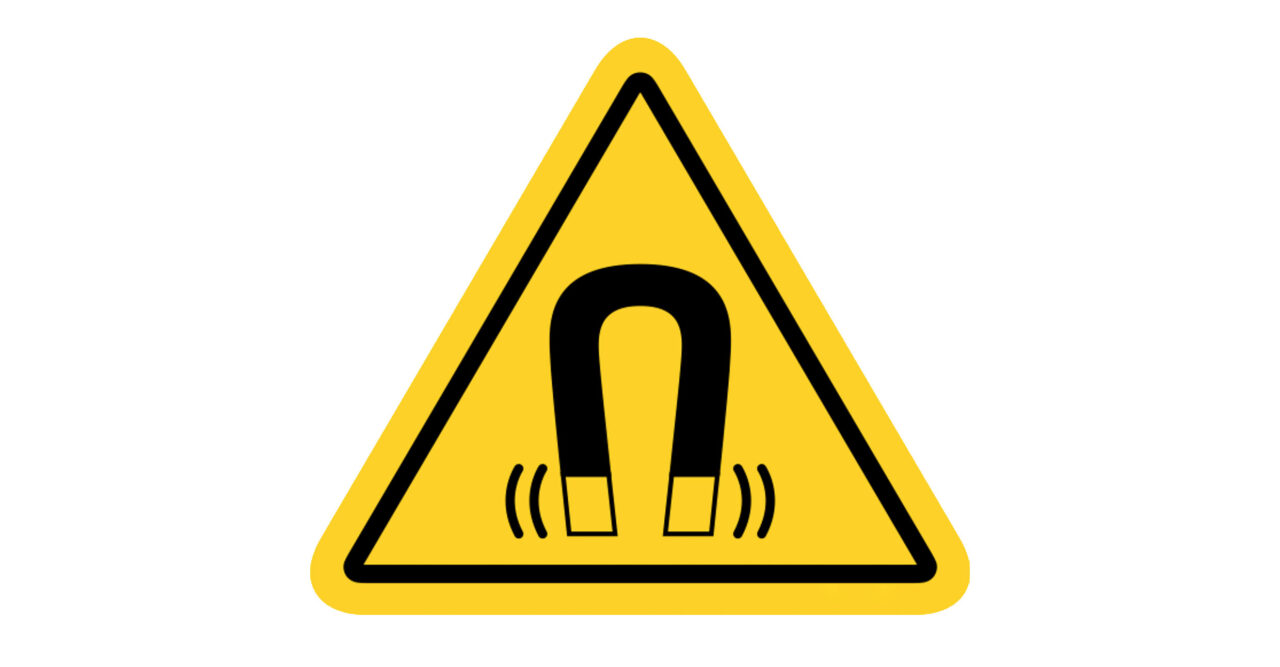If you’re in the precast concrete business, you know that shuttering magnet for concrete systems can make or break your production efficiency.
In fact, I recently visited a precast facility that switched from traditional bolting to magnetic formwork systems. Their setup time dropped by 70%.
That’s not a typo.
But here’s the thing:
Not all shuttering magnets are created equal. And choosing the wrong system can cost you thousands in lost productivity and damaged equipment.
In this guide, as a professional shuttering magnet manufacturer, I’ll show you exactly how to select, use, and maintain shuttering magnets for maximum ROI.
Let’s dive in.

What Are Shuttering Magnets?
Shuttering magnets are powerful magnetic clamping tools that secure formwork to steel casting beds during concrete pouring.
Think of them as super-strong, switchable magnets that replace traditional fixing methods like:
- Welding
- Bolting
- Mechanical clamps
- Drilling
The core technology? High-strength neodymium magnets encased in steel housings.
These aren’t your average refrigerator magnets. We’re talking about holding forces ranging from 450 kg to over 3,600 kg.
Here’s how they work:
When you activate the magnet (usually with a push button or lever), the magnetic field completes a circuit through your steel casting bed. This creates an incredibly strong bond that keeps your formwork exactly where you want it.
When you’re done? Simply deactivate the magnet and move on to your next setup.
Pretty cool, right?
Why Shuttering Magnets Beat Traditional Methods
I’ll be straight with you:
Traditional formwork fixing methods are outdated.
Here’s a quick comparison:
Traditional Bolting/Welding:
- Takes 30-45 minutes per setup
- Requires skilled welders
- Damages casting beds over time
- Creates safety hazards
- Limited flexibility
Magnetic Shuttering Systems:
- Setup in 5-10 minutes
- One person can handle it
- Zero damage to equipment
- Much safer operation
- Infinitely adjustable
But the real benefits go way deeper.
Speed That Actually Matters
Remember that precast facility I mentioned?
They produce wall panels for commercial buildings. Before switching to magnetic systems, their crew spent 2 hours setting up formwork for each production run.
Now? 30 minutes. Max.
That’s 6 extra production cycles per day.
Precision You Can Count On
Here’s something most people don’t realize:
Magnetic formwork systems are MORE precise than traditional methods.
Why?
Because you can make micro-adjustments without loosening bolts or re-welding. Just deactivate, adjust, and reactivate.
One quality manager told me their dimensional tolerance improved by 40% after switching to magnets.
ROI That Makes CFOs Happy
Let’s talk numbers.
A typical shuttering magnet costs between $200-$800 (depending on holding force).
Compare that to:
- Labor costs for welding/drilling
- Casting bed repairs
- Lost production time
- Safety incidents
Most facilities see payback in 3-6 months.
Types of Shuttering Magnets (And When to Use Each)
Not sure which type you need?
Here’s my breakdown of the most common shuttering magnet types:
1. Standard Block Magnets
These are your workhorses. Rectangular steel boxes with holding forces from 450-2,100 kg.
Best for:
- Straight walls
- Standard slabs
- Simple beam formwork
Pro tip: Start with these if you’re new to magnetic systems.
2. Stepped Magnets
Feature a stepped design that grips formwork edges better.
Best for:
- Side formwork applications
- Preventing formwork slip
- Thinner casting beds
3. Heavy-Duty Magnets
The big guns. Holding forces of 3,000 kg and up.
Best for:
- Massive wall panels
- Bridge components
- Any application where failure isn’t an option
4. Corner Magnets
Specifically designed for maintaining precise angles.
Best for:
- Column formwork
- Beam corners
- Any application requiring exact 90° angles
5. Magnetic Chamfers
Create beveled edges on your concrete elements.
Best for:
- Architectural concrete
- Preventing edge chipping
- Professional finishing touches
How to Choose the Right Holding Force
This is where most people mess up.
They either:
- Go too light and risk formwork movement
- Go too heavy and waste money
Here’s my simple formula:
Required Holding Force = (Concrete Pressure + Vibration Load) × Safety Factor
For most applications:
- Wall panels (up to 3m): 900-1,350 kg magnets
- Large walls (3-5m): 1,800-2,100 kg magnets
- Massive elements: 3,000 kg+ magnets
But here’s the key:
Always consider your casting bed thickness. Thin beds (under 10mm) reduce magnetic efficiency by up to 50%.
Installation Best Practices
Want to avoid 90% of shuttering magnet problems?
Follow these steps:
1. Surface Preparation is Everything
I can’t stress this enough.
Even a 0.1mm gap between magnet and bed reduces holding force by 30%.
Before placing magnets:
- Remove ALL concrete residue
- Clean with a wire brush
- Wipe down with degreaser
- Check for flatness
2. Positioning Matters
Place magnets at:
- Maximum 600mm intervals for standard applications
- 400mm intervals for tall formwork
- Critical stress points (corners, joints)
3. Always Test Before Pouring
Here’s what I do:
After setup, give each formwork element a firm push. If there’s ANY movement, add more magnets or reposition.
Better safe than sorry.
Maintenance That Actually Works
Most shuttering magnet failures? Preventable with basic maintenance.
Here’s my maintenance checklist:
Daily:
- Visual inspection for damage
- Clean working surfaces
- Test activation/deactivation
Weekly:
- Deep clean with solvent
- Check for loose components
- Verify holding force (use a pull gauge)
Monthly:
- Apply anti-rust treatment
- Inspect internal mechanisms
- Document any wear patterns
Pro tip: Keep a maintenance log. It’ll help you spot problems before they cost you money.
Common Mistakes (And How to Avoid Them)
I’ve seen every mistake in the book.
Here are the big ones:
Mistake #1: Ignoring Temperature Limits
Standard neodymium magnets lose strength above 80°C.
If you’re steam curing or working in hot climates, get high-temperature variants.
Mistake #2: Using Magnets on Dirty Surfaces
This is THE most common mistake.
Even thin concrete films destroy holding power. Clean your magnets and casting beds religiously.
Mistake #3: Overloading
Just because a magnet is rated for 2,100 kg doesn’t mean you should push it.
Use a 2:1 safety factor minimum.
Mistake #4: Improper Storage
Magnets attract metal debris like… well, magnets.
Store them:
- On wooden racks
- Away from loose steel
- In dry conditions
Advanced Applications
Once you master the basics, shuttering magnets open up incredible possibilities.
Insert Magnets
These specialized magnets hold:
- Electrical boxes
- Pipe sleeves
- Lifting inserts
- Any embedded fixture
The beauty? Perfect positioning every time.
Automated Systems
Some facilities now use robotic systems to place magnets.
The result?
- Consistent positioning
- Reduced labor
- Faster turnaround
Custom Solutions
Working with unusual shapes?
Many manufacturers offer custom magnetic solutions for:
- Curved elements
- Complex geometries
- Specialized applications
The Future of Magnetic Formwork
The industry is evolving fast.
Here’s what’s coming:
Smart Magnets: Built-in sensors monitor holding force in real-time
Automated Placement: AI-driven systems optimize magnet positioning
Sustainable Materials: New magnetic materials reduce environmental impact
Integration: Direct connection to BIM and production planning software
Making the Switch
Ready to upgrade your formwork system?
Here’s your action plan:
- Start Small: Test magnets on one production line first
- Train Your Team: Proper training prevents 90% of issues
- Document Everything: Track setup times, quality improvements, and ROI
- Partner with Experts: Work with experienced suppliers who understand precast
The Bottom Line
Shuttering magnets aren’t just another tool.
They’re a complete paradigm shift in how we approach precast concrete production.
Yes, there’s an upfront investment. But the payoff in efficiency, quality, and safety makes it a no-brainer for serious precast operations.
The question isn’t whether to switch to magnetic formwork systems.
It’s how quickly you can make it happen.
Remember: every day you stick with traditional methods is money left on the table.
In 2025, with construction demands higher than ever, can you afford not to modernize?
If you’re serious about precast concrete efficiency, shuttering magnet for concrete systems are your fastest path to better results.



